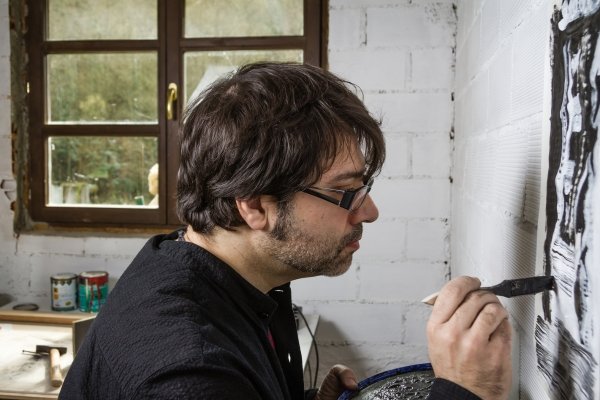For beginners, achieving a beautifully painted home can seem challenging at first. “Step-by-Step Techniques for Painting Your Home Beautifully” offers a detailed, structured approach that takes you from the initial concept to the final brushstroke. This guide covers everything you need to know to create a visually appealing and long-lasting finish in your living spaces.
Conceptualizing Your Design
Every project begins with a clear vision. Start by determining the style and mood you wish to create:
- Mood and Ambiance: Consider how different colors affect emotions and choose a palette that complements the function of the room. For instance, use cool tones for relaxation in bedrooms and warm hues for lively common areas.
- Inspiration Gathering: Compile design ideas from magazines, online resources, and personal experience. Create a mood board that helps solidify your vision and guides your color choices.
Detailed Planning and Organization
Organizing your project is crucial:
- Space Assessment: Measure your walls and identify key features like windows, doorframes, and built-in furnishings. This helps you determine the amount of paint and supplies required.
- Material Checklist: List all necessary tools such as high-quality paints, primers, brushes, rollers, and protective coverings. Organize your materials in advance to ensure a smooth and efficient process.
- Budget and Timeline: Set a realistic budget and schedule each phase of the project. A clear timeline—dividing the work into preparation, painting, and finishing—will keep your project on track.
Surface Preparation for a Pristine Finish
Proper preparation makes all the difference:
- Cleaning: Thoroughly wash the walls to remove dust, grease, and any remnants of previous paint. Use a mild detergent and water solution, then allow the surfaces to dry completely.
- Repairs and Sanding: Fill in any holes or cracks with spackle or filler, then sand the areas until smooth. A uniform surface is essential for a consistent finish.
- Priming: Applying a primer is especially important when dealing with challenging surfaces or making significant color changes. Primer helps the paint adhere better and ensures the true color appears once applied.
Step-by-Step Application Techniques
Follow this methodical process to achieve a beautiful result:
- Cutting In: Begin by painting the borders and edges with an angled brush. This step defines the workspace for roller application.
- Rolling the Base Coat: Use a roller to apply the main coat of paint. Employ the “W” or “M” technique to ensure even distribution, minimizing brush or roller marks.
- Layering: Instead of a single heavy coat, apply several thin layers. Allow each coat to dry completely before adding the next. This layered approach minimizes drips and produces a richer, more uniform color.
- Detailing: Use smaller brushes to add accent details around fixtures, trims, or decorative features. These touches enhance the overall design and contribute to a polished look.
- Finishing Touches: After the final coat has dried, remove any masking tape carefully and inspect the work for any imperfections. Touch up as necessary to ensure every corner reflects your vision.
Tips for a Smooth Process
Achieving a professional finish involves attention to detail:
- Consistent Technique: Maintain a steady hand and use consistent strokes, whether cutting in or rolling. Regular practice builds confidence and improves precision.
- Patience is Essential: Rushing through drying times or skipping preparation can compromise the quality. Each step is crucial for a lasting finish.
- Quality Tools Matter: Investing in good-quality brushes, rollers, and paint will significantly impact the final outcome. Your materials are the foundation of a professional look.
Embracing Creativity and Personal Style
While technique is key, personal expression is what makes a home unique:
- Customization: Don’t hesitate to experiment with accent walls, decorative patterns, or textured finishes. Small creative details can elevate the overall design.
- Reflect Your Personality: Your home should mirror your personal style. Choose colors and techniques that resonate with you and create an environment that feels authentically yours.
- Learn and Adapt: Each project is a learning experience. Use any challenges as opportunities to refine your techniques and explore new ideas.
Conclusion
“Step-by-Step Techniques for Painting Your Home Beautifully” is designed to guide novices through a structured process that transforms a blank wall into a canvas of personal expression. With careful planning, thorough preparation, and consistent application of tried-and-true techniques, you can achieve a finish that is both aesthetically pleasing and long-lasting. Embrace the journey of interior painting, experiment with creativity, and let every brushstroke bring you closer to a home that truly reflects who you are.


